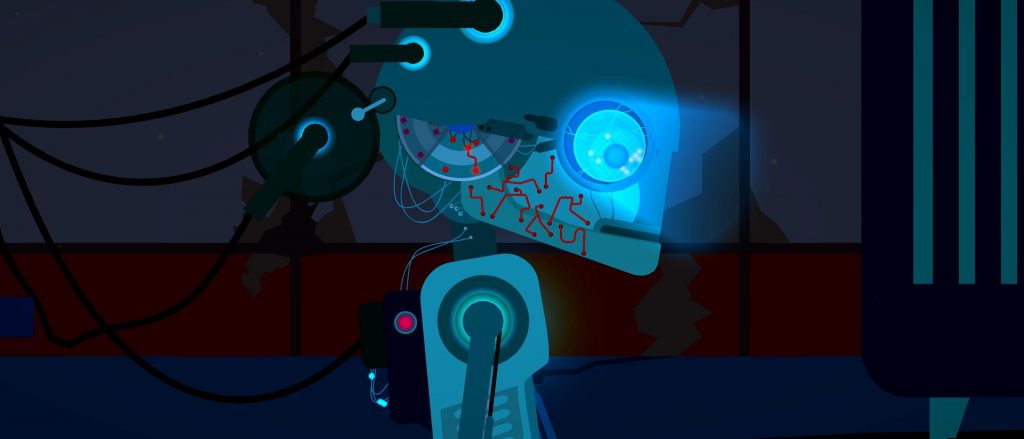
PC, Android, iOS
Forgive a small moment of exuberance, but I want to begin by noting my continued pleasure at this project. Every day I play games that have received little or no attention, not even a single Steam review by the developer’s mum, and yet I keep on finding so many interesting games. I have little data on how much difference a Buried Treasure review can make, but anecdotally I know it’s led to decent sales bumps for some, links to publishers for others, and best of all, I’ve been told tales of how my featuring a game has given the developer the encouragement to carry on pursuing their projects. Which is all to say, I really like Outsider: After Life, and I’m very glad I have the motivation to find things like this.
Outsider is, on one level, a reasonably standard point-n-puzzle adventure. Rotating rings on a circular wall to align paths across which lights can travel, placing pipes on a grid so a beam of light flows to its target, rotating objects on pathways until different shapes align – things we’ve seen before. But it’s not that the game also features many puzzle types I haven’t previously encountered that this paragraph builds to. It’s that it’s a pleasure to be playing any of them in the pursuit of this peculiar tale of an abandoned robot living on a desolate, ruined planetary colony.
I hesitate to draw the most accurate comparison of art style here, because it feels loaded with incredibly irrelevant connotations – but it looks extremely South Park. That same combination of a hand-made, paper-craft-style movement, but with slick computer-created shapes and colours. It affords it that Flash-like ability to zoom in and out without losing fidelity. But otherwise the two are extremely dissimilar, Outersider a slow, quiet, contemplative and rather sad game.
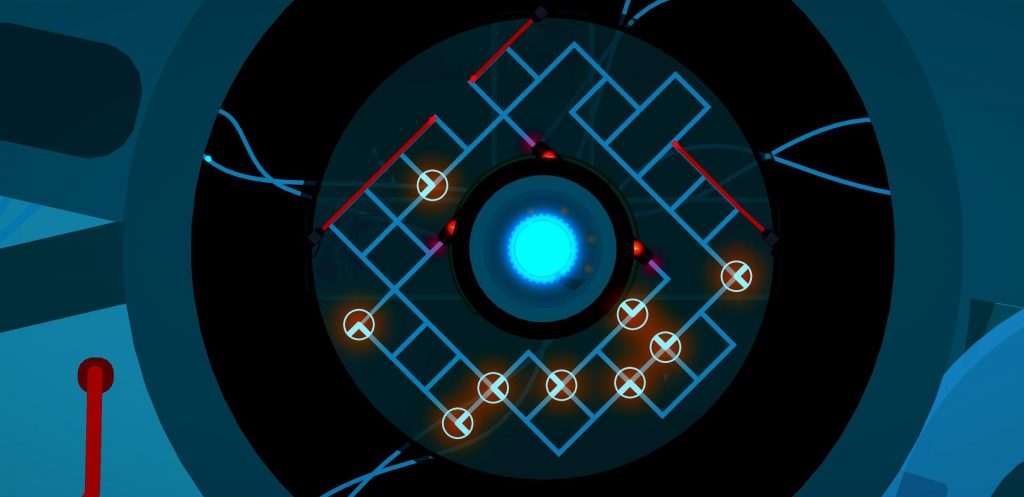
Puzzle design is neat, colourful, and best of all, uninstructed. There are hints that can be turned on, but I found them better left off, letting me fiddle and click on the elements to solve what it was asking me to do. Having so many different types of puzzle, but not having the game turn into one endless tutorial, is really important, and it does that extremely well. It’s even better that so often these puzzles are arranged inside one another, the game zooming in on a puzzle you’ve solved to reveal a tiny component of it is a detailed microchip that itself is a puzzle, and then perhaps zooming in on that once more, before pulling all the way back out to reveal your solved puzzles themselves all now form the circles or shapes of another. It’s really clever.
As you progress, the complexity of the interwoven puzzles decreases, as the storytelling ramps up. It’s not a long game, a couple or three hours perhaps, but it packs an awful lot in there. And while its meta-narrative is left extremely ambiguous, it’s also sown with enough interesting beats that your own interpretation of events will feel valid.
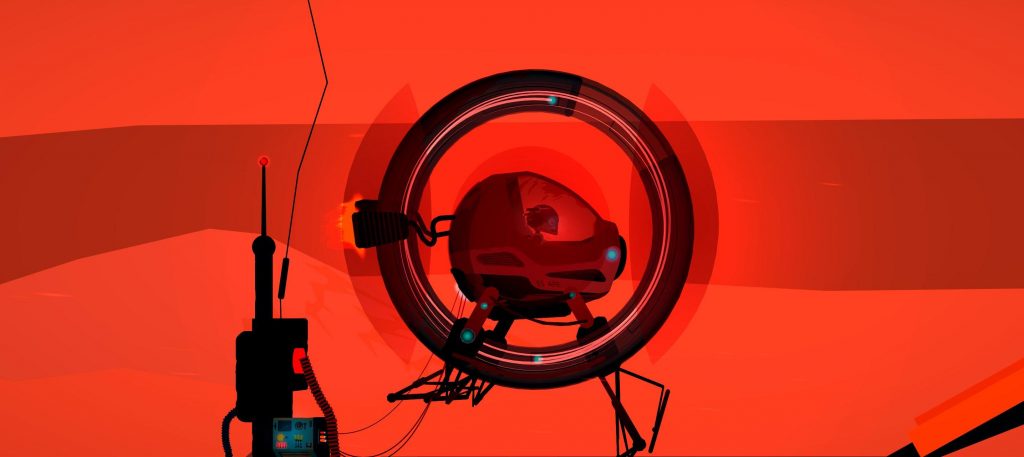
Outsider doesn’t include revolutionary puzzles (even though a couple I’d not encountered elsewhere would be nice to have as longer mobile games), but it delivers them in a special way, in a package that feels at once home-made and slick. It’s clumsy in places, not least with the voiceovers, but it came together into something I found extremely engaging.
- Once A Bird
- Steam, Android, iOS
- £7/€8/$10 (Steam)
- Official Site
All Buried Treasure articles are funded by Patreon backers. If you want to see more reviews of great indie games, please consider backing this project.



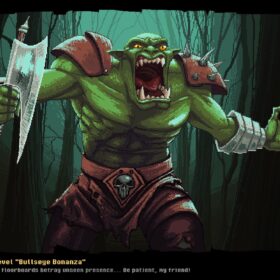
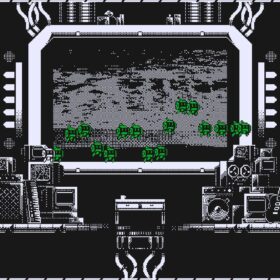


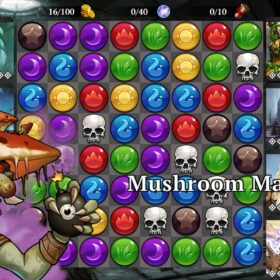
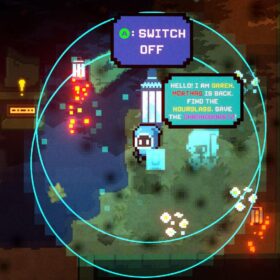


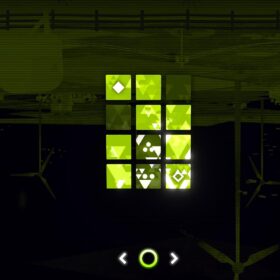
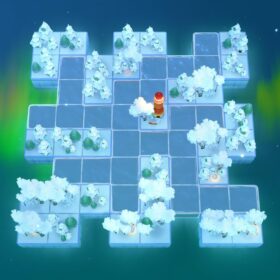
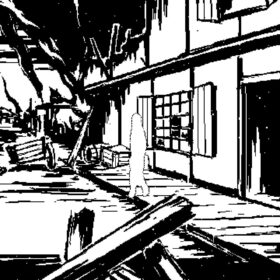





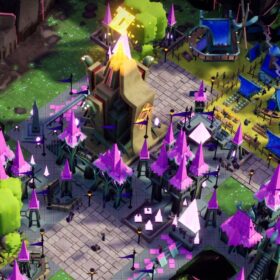
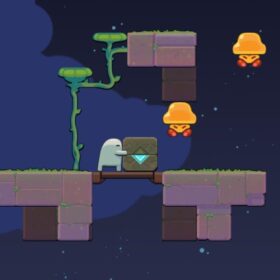


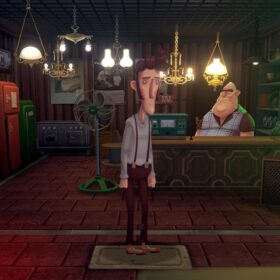
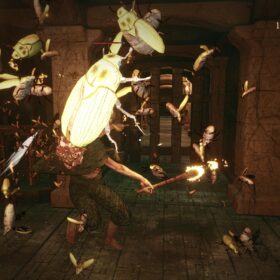

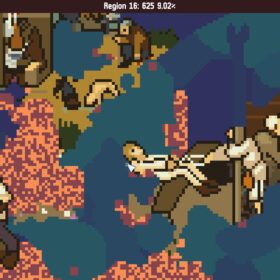
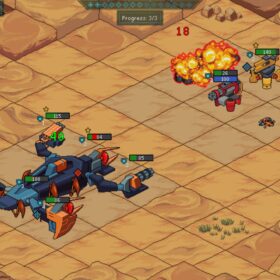


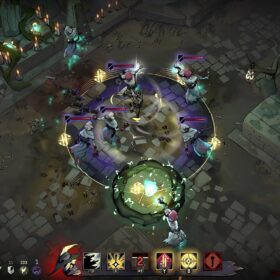
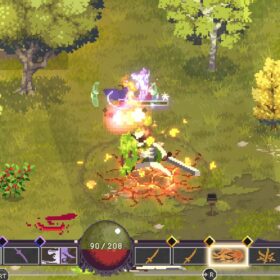

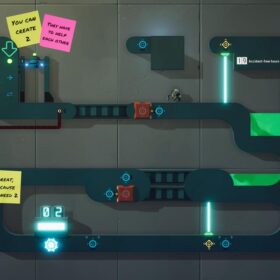
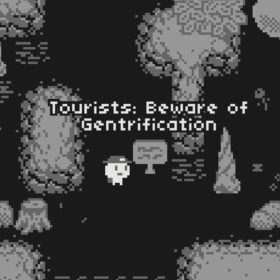

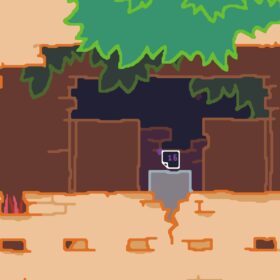


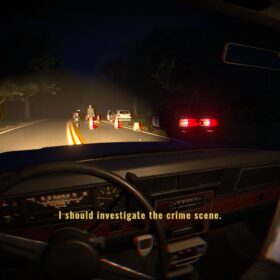


I’m glad you still have the motivation, would have missed this one. Bought it, this is right up my alley.
I had this on the radar for some time and the recent Steam demo convinced me that the puzzles are in fact good and the whole gameplay “works”.
I had my eye on this one because some of the puzzles visible in the trailer look fun and pleasurable to play with. I was wondering how it was overall; thanks for the review!
I want you to know that I often wishlist games after reading your reviews, and quite a few times I have just bought them outright immediately, without waiting for a sale. (I really can’t afford to keep doing that, by the way, so please take a vacation!)
“Outsider doesn’t include revolutionary puzzles” — Given how many objects get rotated, I think that’s technically untrue?
Does anyone understand the difference in price between PC and Android?
Most games are like this but it’s pretty frustrating – I’d rather play on PC but I’m not paying double or triple for no added benefit.
Games are generally a lot cheaper on mobile so developers have to price accordingly. I guess they’d prefer to sell at £7 on mobile but feel it wouldn’t sell enough to be worthwhile. The game looks great and plays well so I’d say it’s easily worth the price on PC if that’s where you want to play it.